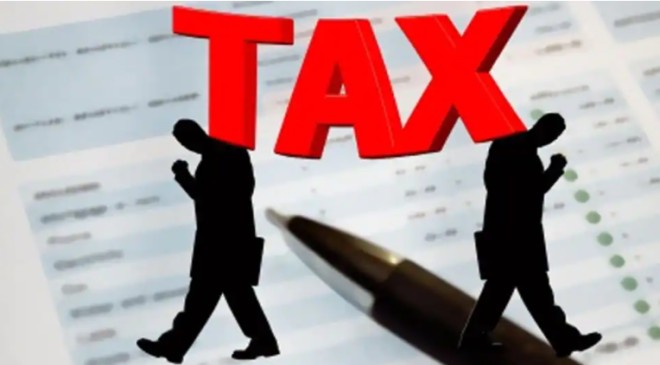Tax planning can be a complex process, especially with various deduction options and investment choices. While saving taxes is crucial, making the right decisions is equally important. Effective income tax planning stands as a crucial pillar of financial management, aiming primarily to alleviate tax burdens and bolster savings.
Read More: ITR Mismatch or Not Filed? Income Tax Dept Is Sending Notices, Know What To Do Now
With the deadline of March 31, 2024, signifying the conclusion of the fiscal year FY 23-24, the present juncture presents a prime opportunity to delve into tax-saving investment avenues, thereby amplifying disposable income.
Why March 31?
India’s financial year runs from April 1st to March 31st of the following year. This is different from the calendar year (January 1st to December 31st) followed in many other countries.
Make sure to note that the deadline for finalising your tax-saving strategies for the fiscal year 2023-2024 is March 31, 2024. If you haven’t completed this task yet, it’s time to take action.
It’s crucial to note that the income tax regulations shifted with the introduction of the new tax system on April 1, 2023. Starting from the fiscal year 2023-2024, the new tax system is now the default option.
In India, there are various options to save tax under the old regime, broadly categorised into investments and deductions. Here’s an overview of some popular options:
Deductions available under the old tax regime
1. Standard deduction: Rs 50,000 for salaried individuals (Also available in new tax regime)
2. Section 80 CCD (1B): Additional deduction of up to Rs.50,000 for deposited amount in NPS account.
3. Section 80TTA: This section provides deduction for an individual or an HUF of maximum Rs.10,000 against interest income from savings account with a bank, co-operative society or post office.
Read More: I-T dept asks taxpayers to file updated ITRs for AY 2021-22 by March 31
4. Section 80D: It allows deduction on health insurance premium
5. Section 80G: Donations to eligible trusts and charities qualify for deductions
6. Section 80C: Investments you make in EPF and PPF, ELSS, life insurance premiums, home loan payment, SSY, NSC and SCSS.
Here are some common mistakes to avoid while planning tax-saving options:
Delaying tax planning until the last minute (March 31).
Choosing investments solely based on tax benefits without considering your financial goals, risk tolerance, and investment horizon.
Not being aware of all available deductions under sections like 80C, 80D, etc., for various expenses (investments, medical bills, etc.).
Investing in products with high fees or low returns just for tax benefits (e.g., some traditional insurance plans).
Investing a significant portion of your tax-saving amount in endowment plans with low liquidity and potentially lower returns.
Read More:- Direct tax mop-up: Centre to meet revised estimate
Putting all your eggs in one basket by investing only in a single tax-saving scheme.
Not maintaining proper records of investments, deductions, and other tax-related documents.





































